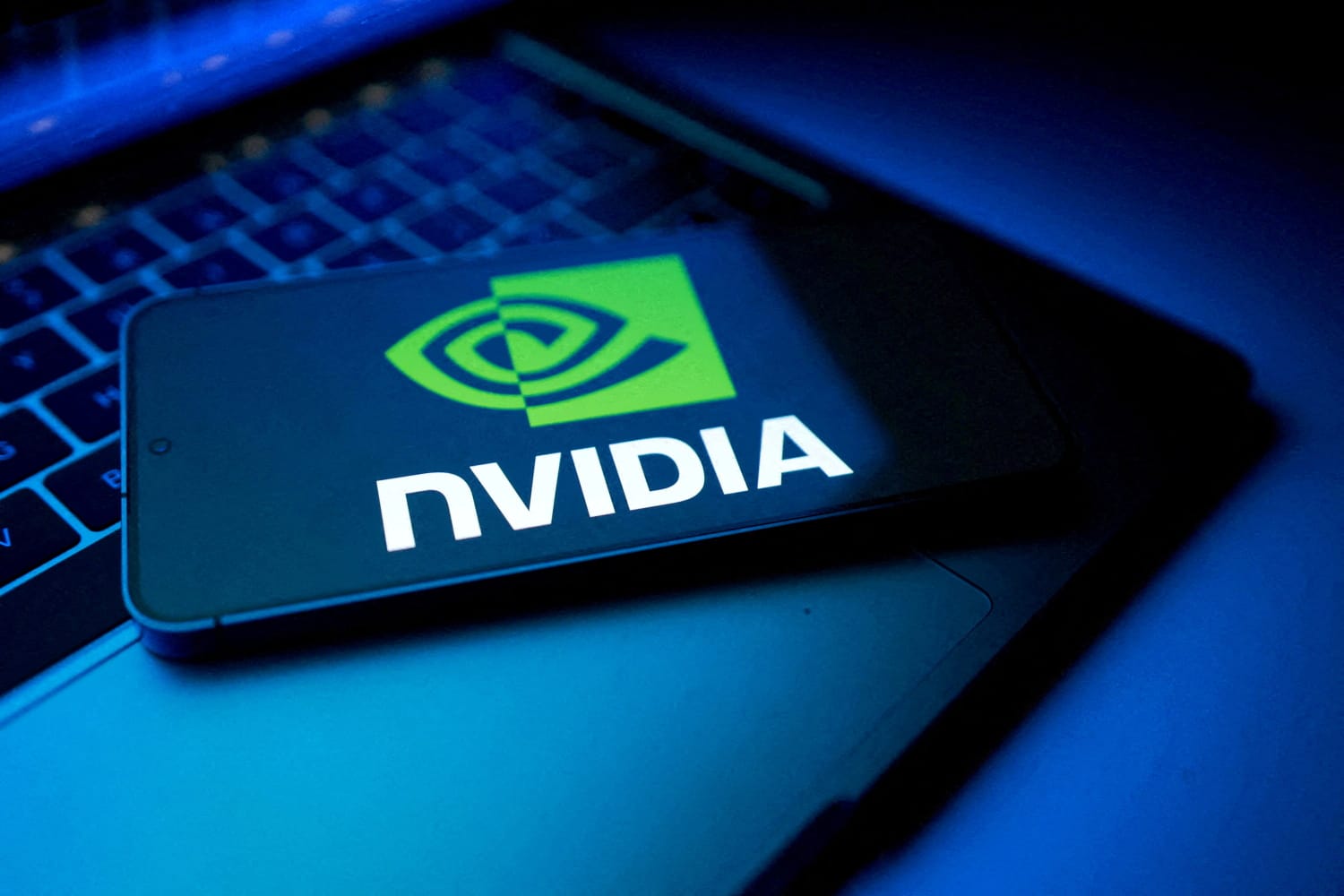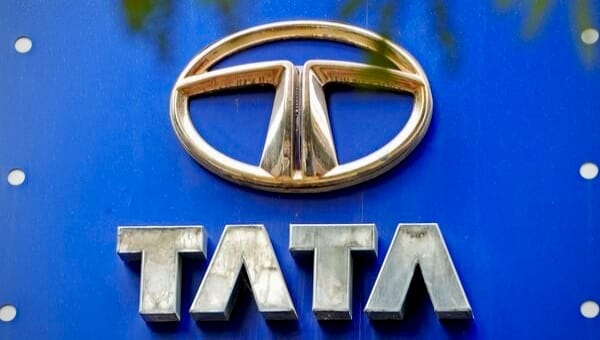
summary
• Nvidia’s market capitalization topped $5.05 trillion on November 3 after shares jumped 4.8% to $560.42, fueled by soaring AI chip sales and a 46% annual revenue surge.
• The valuation joins Nvidia with Apple ($4.9 trillion) and Microsoft ($2.8 trillion), marking a rare shift as a semiconductor firm leads in tech market dominance amid AI’s rapid rise.
• Growth hinges on data-center GPUs like A100 and H100, driving $15.1 billion in quarterly revenue (+83% YoY), while gaming sales grew 20%, diversifying Nvidia’s income streams.
• Nvidia’s CUDA platform and advanced 4-nanometer H100 chip create high entry barriers, but competition heats up with AMD and Intel’s AI hardware launches, posing strategic challenges.
• The company plans $20 billion in R&D this fiscal year to sustain innovation amid geopolitical risks and expanding AI adoption across healthcare, automotive, and edge computing sectors.
Nvidia’s market valuation topped $5 trillion for the first time on November 3, propelled by soaring demand for artificial intelligence technology and its dominant position in AI chipmaking. The semiconductor giant’s shares jumped 4.8% to close at $560.42 on Nasdaq, pushing its market value to roughly $5.05 trillion.
This milestone places Nvidia alongside Apple and Microsoft in the exclusive $5 trillion club, signaling a major tech sector shift driven by AI innovation. Nvidia’s rally outpaced the Nasdaq Composite Index’s 1.2% gain, underscoring investor enthusiasm for AI computing. Analysts cite Nvidia’s 46% year-over-year revenue jump in the latest quarter, mainly from GPUs powering data centers for AI workloads.
Nvidia’s flagship data-center GPUs, A100 and H100, have become essential for high-performance AI training. Last quarter’s data-center revenue surged 83% year-on-year to $15.1 billion, while gaming revenue grew 20%, highlighting Nvidia’s diversified business model. “We are at the forefront of an AI revolution,” said Colette Kress, Nvidia’s chief financial officer. CEO Jensen Huang emphasized that early AI-focused GPU investments expanded Nvidia’s market beyond traditional CPUs, creating new growth avenues. “Our emphasis on AI compute unlocked new opportunities,” Huang said.
Historically, reaching trillion-dollar valuations has marked tech industry inflection points: Microsoft in 1999, Apple in 2018, Amazon in 2020. Veteran market observers see Nvidia’s rise as emblematic of AI’s profound effect on corporate valuations and investor appetite. Lisa Chang, senior analyst at Morgan Stanley, said the $5 trillion figure shows AI’s structural transformation of industries from healthcare to automotive.
Despite Nvidia’s lead, competitive pressures intensify as AMD and Intel boost AI chip development. Intel’s new Ponte Vecchio GPU targets cloud computing segments Nvidia currently dominates. Rajiv Mehta, semiconductor analyst at Credit Suisse, said, “Nvidia leads today, but the competitive environment is evolving rapidly.”
Nvidia also faces supply-chain challenges and geopolitical risks, particularly U.S.-China export controls influencing semiconductor trade. Major cloud providers Amazon, Microsoft, and Google rely heavily on Nvidia technology for AI infrastructure. The company’s CUDA software platform has entrenched its position, creating a broad developer ecosystem and raising barriers to entry. Huang described Nvidia’s integrated software-hardware platform as a key competitive edge.
Technically, Nvidia’s H100 chip, fabricated with advanced 4-nanometer technology, offers up to five times the performance of previous models, enabling faster, more energy-efficient AI training. This efficiency is critical for scaling generative AI applications driven by models like ChatGPT. Michael Tan, chief strategist at AllianceBernstein, linked Nvidia’s surge to generative AI’s rise since late 2022, noting, “Demand for vast computational resources underpins Nvidia’s sales.”
Looking ahead, Nvidia plans to invest $20 billion in research and development this fiscal year to maintain its lead amid intensifying competition, regulatory complexities, and supply-chain variables. The company aims to capitalize on AI’s expansion into edge computing and autonomous systems. Jensen Huang underlined the importance of agility, cautioning that sustaining dominance requires innovation paired with strategic navigation of regulatory landscapes. “Maintaining agility in a competitive and regulatory environment will be critical as AI transforms diverse sectors,” Huang told shareholders.
Nvidia’s ascent to a $5 trillion valuation marks a rare feat for a semiconductor company, traditionally slower in market cap growth than software giants. The achievement highlights AI’s growing influence in technology investment and corporate valuation patterns. Veteran market watchers view Nvidia’s milestone as not only the product of precise execution but also a beacon of AI’s soaring role in shaping the future of technology and global markets.







